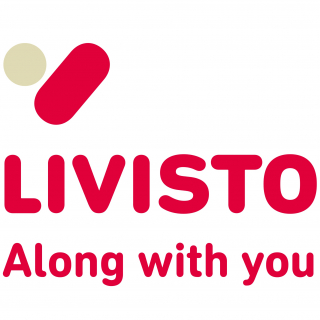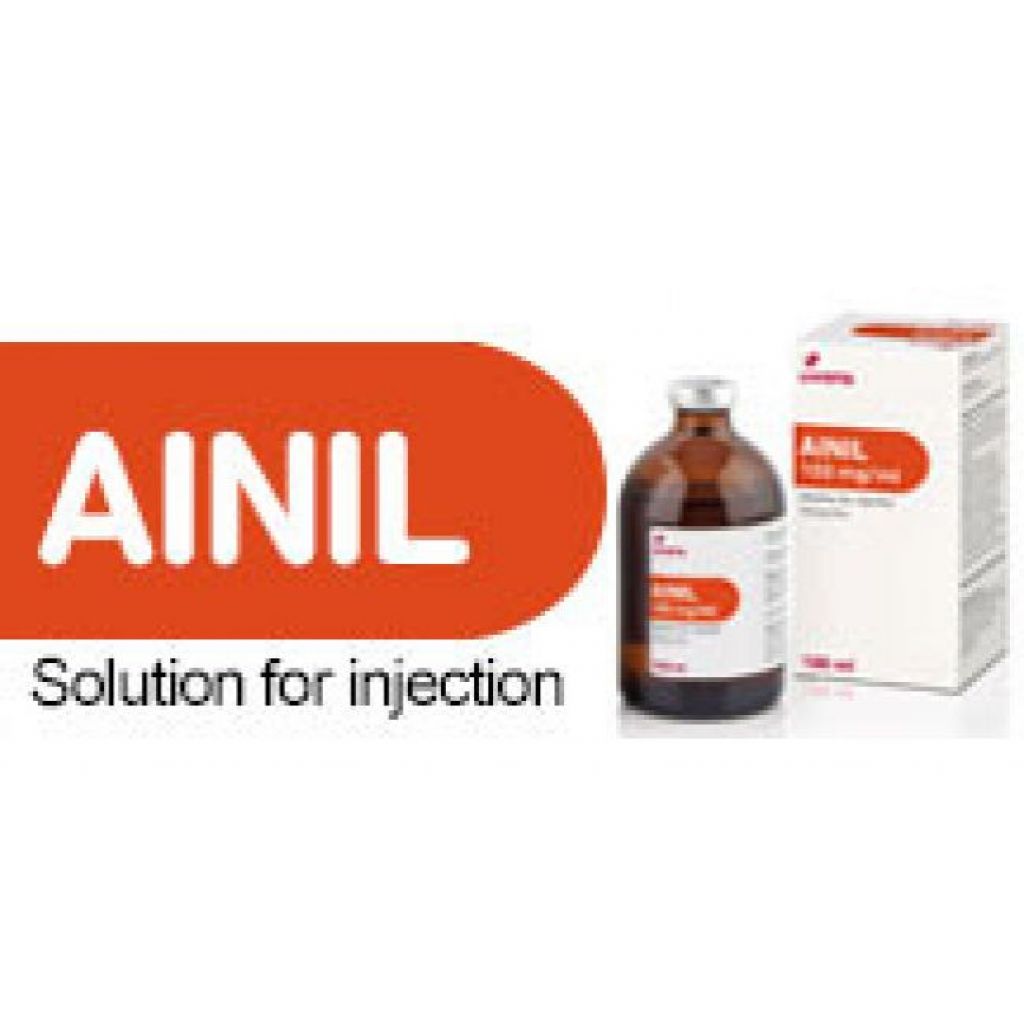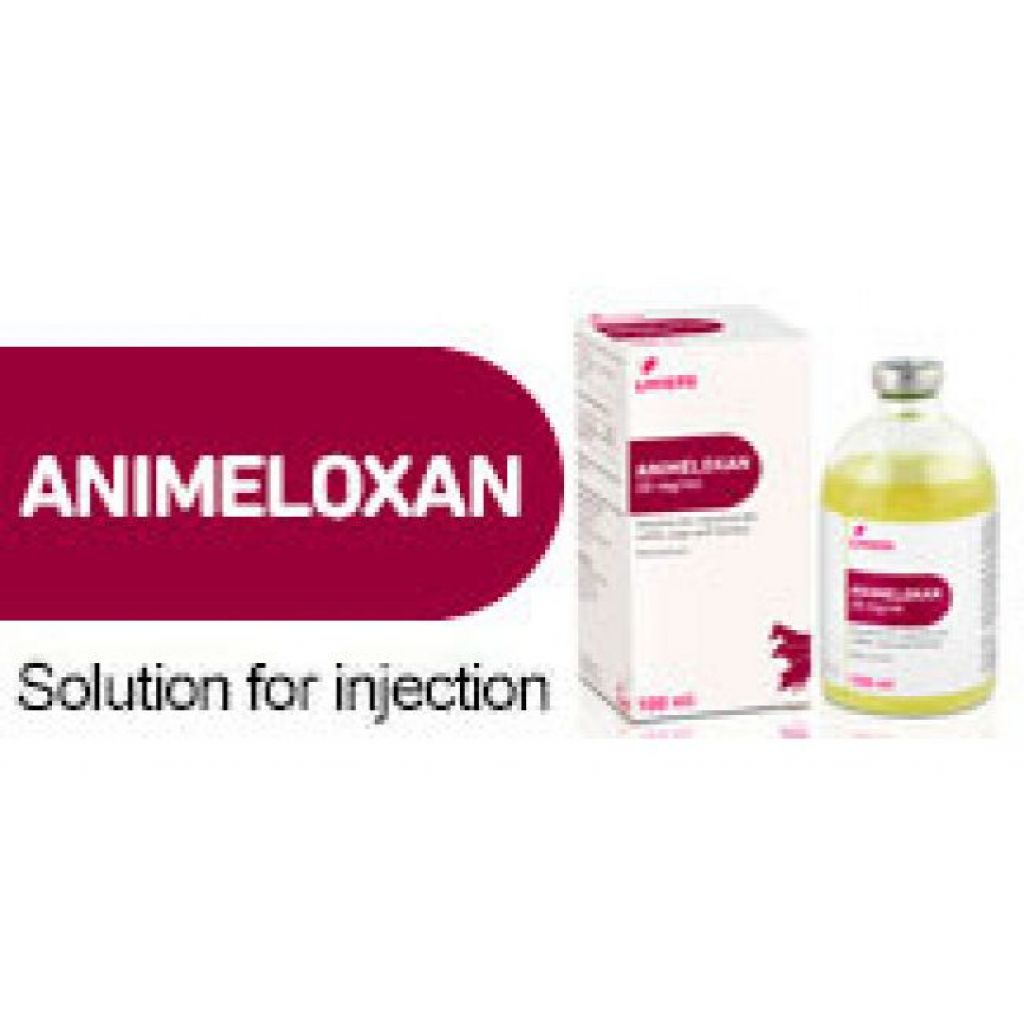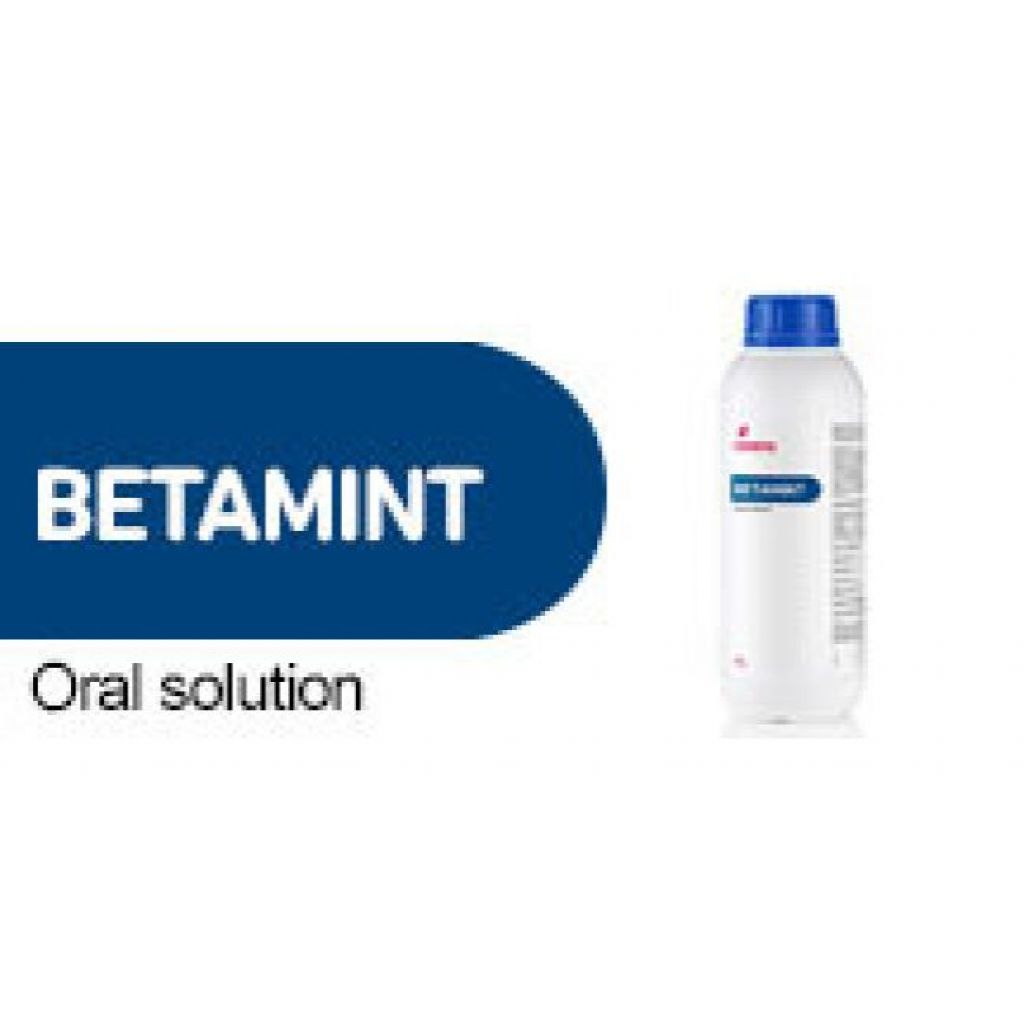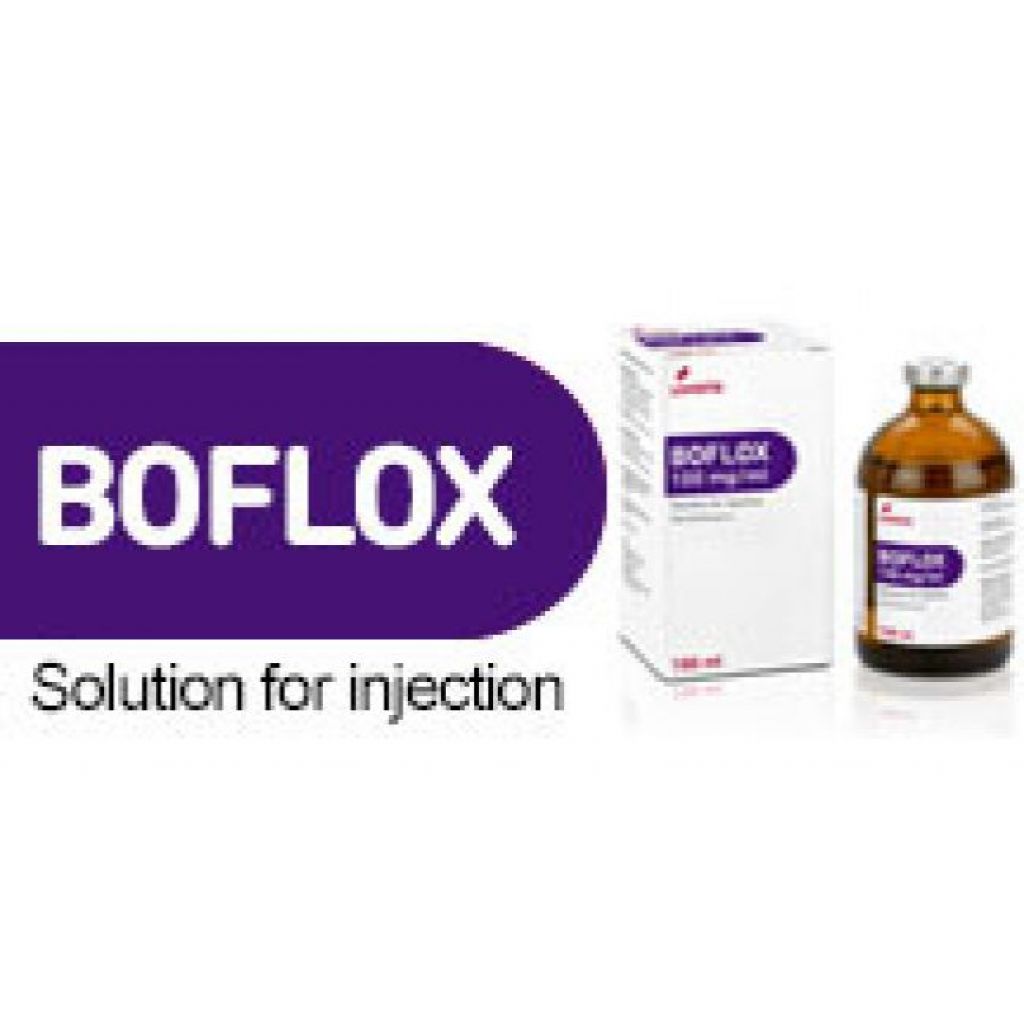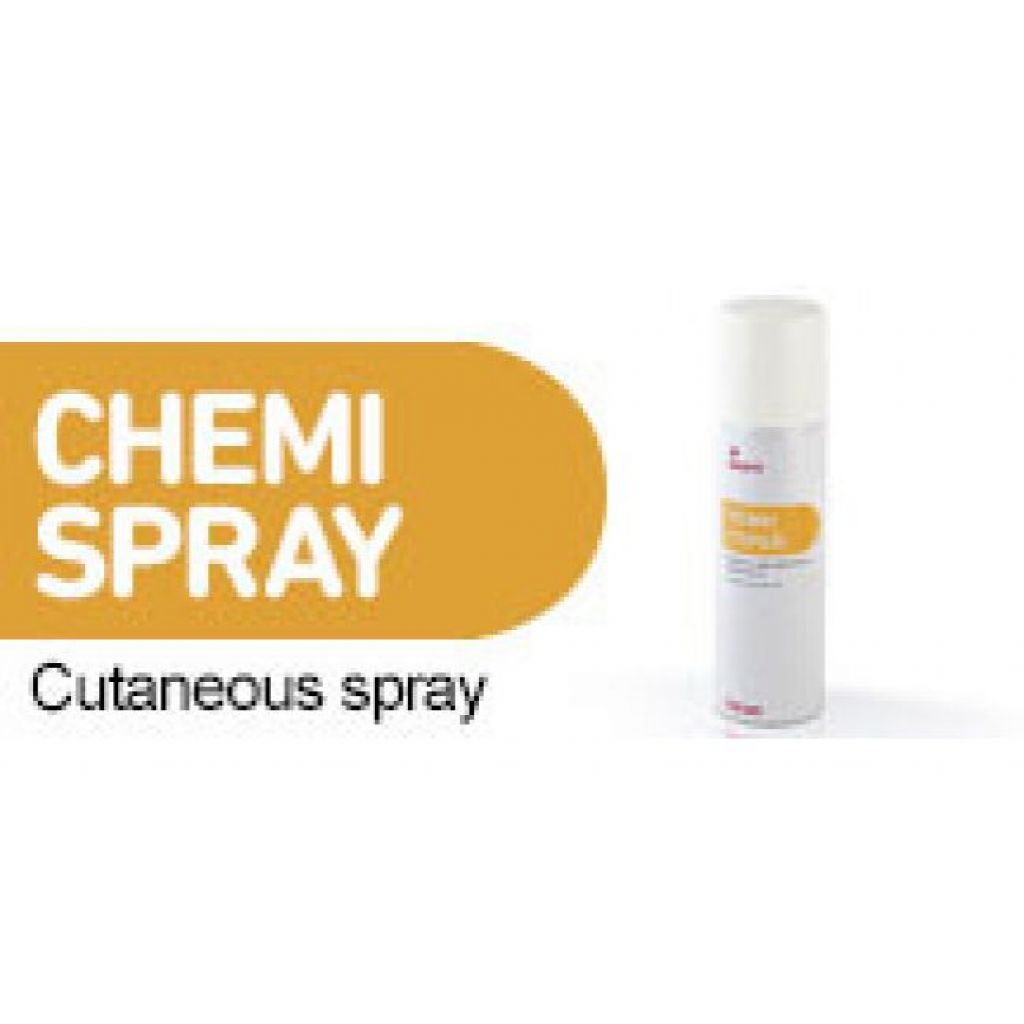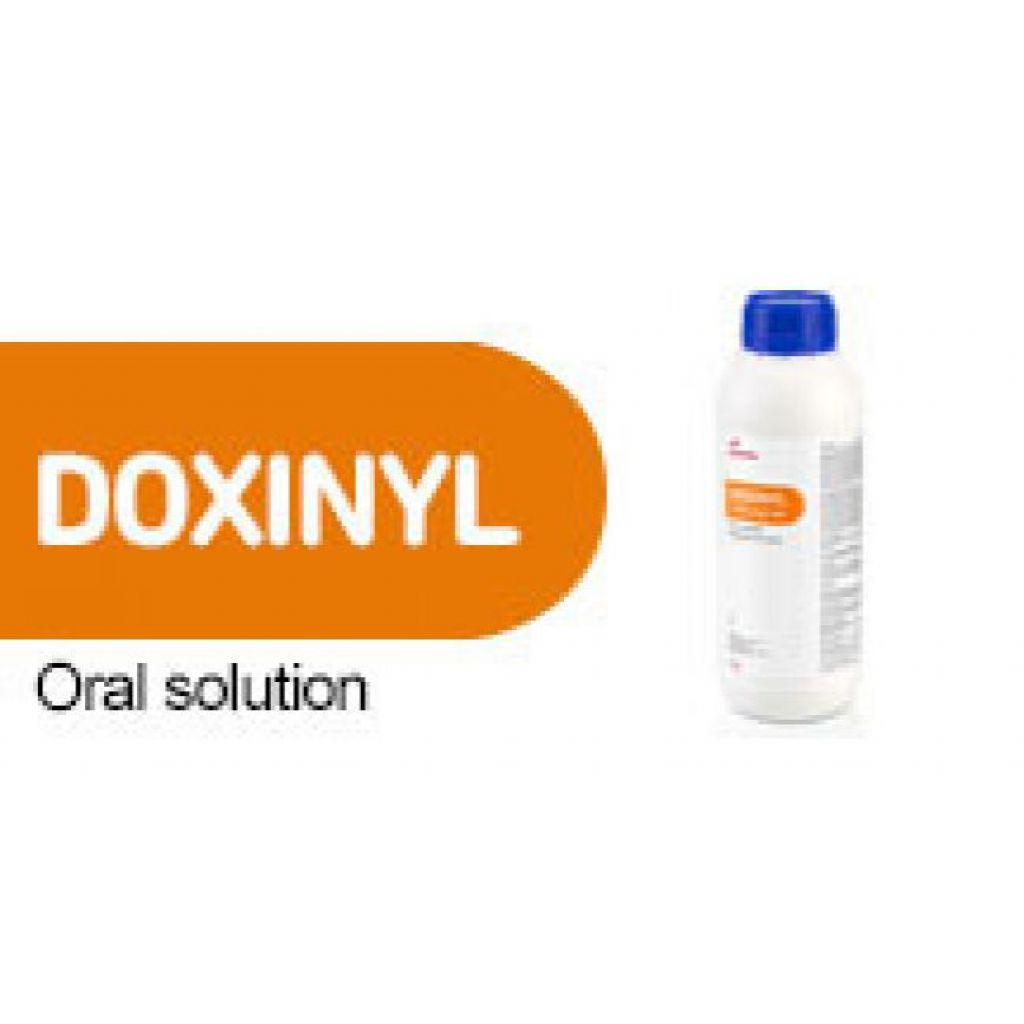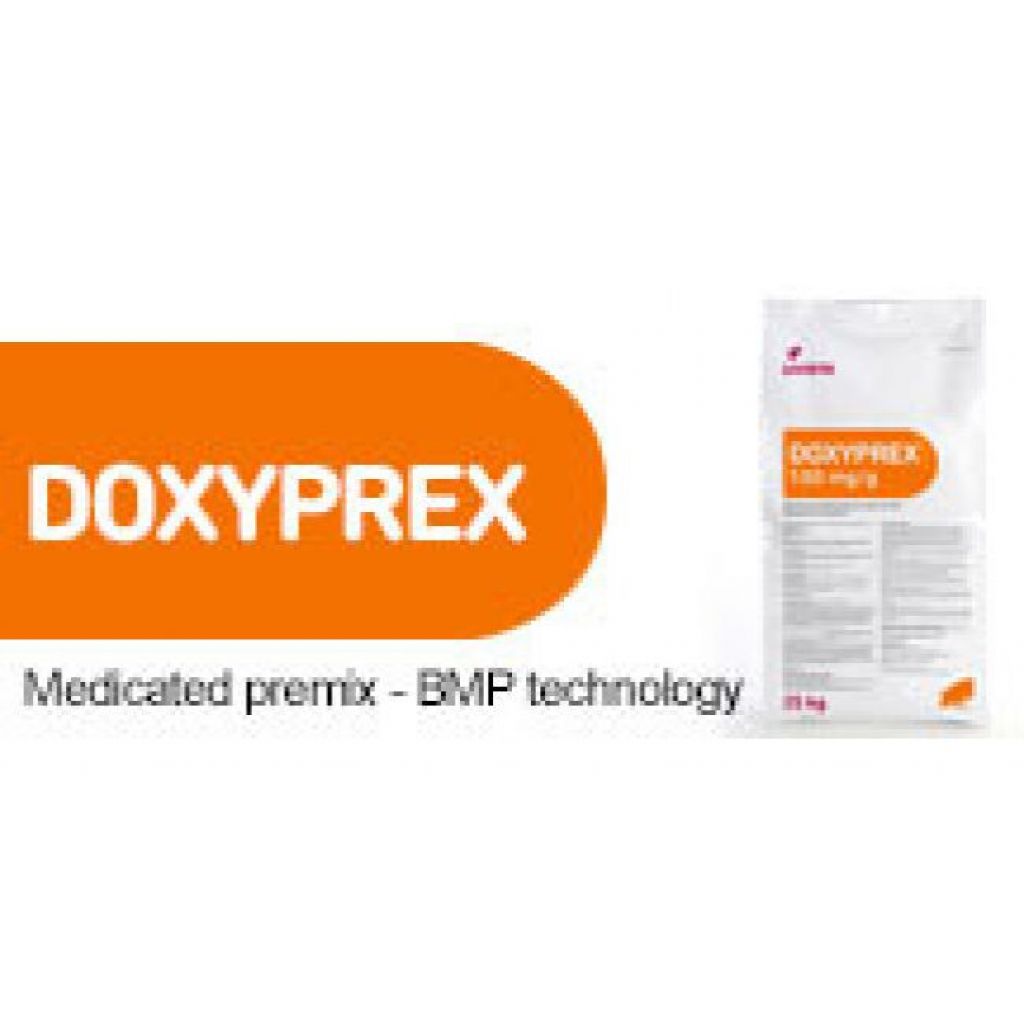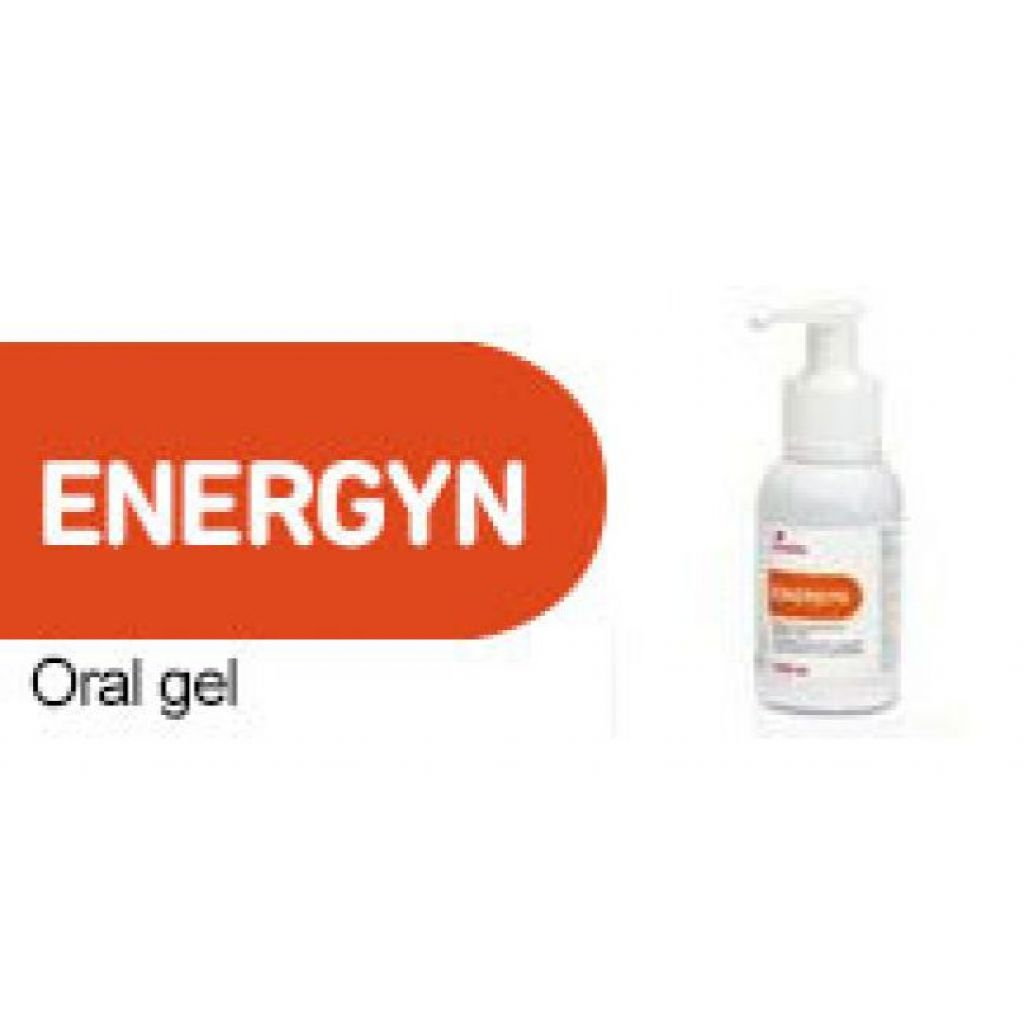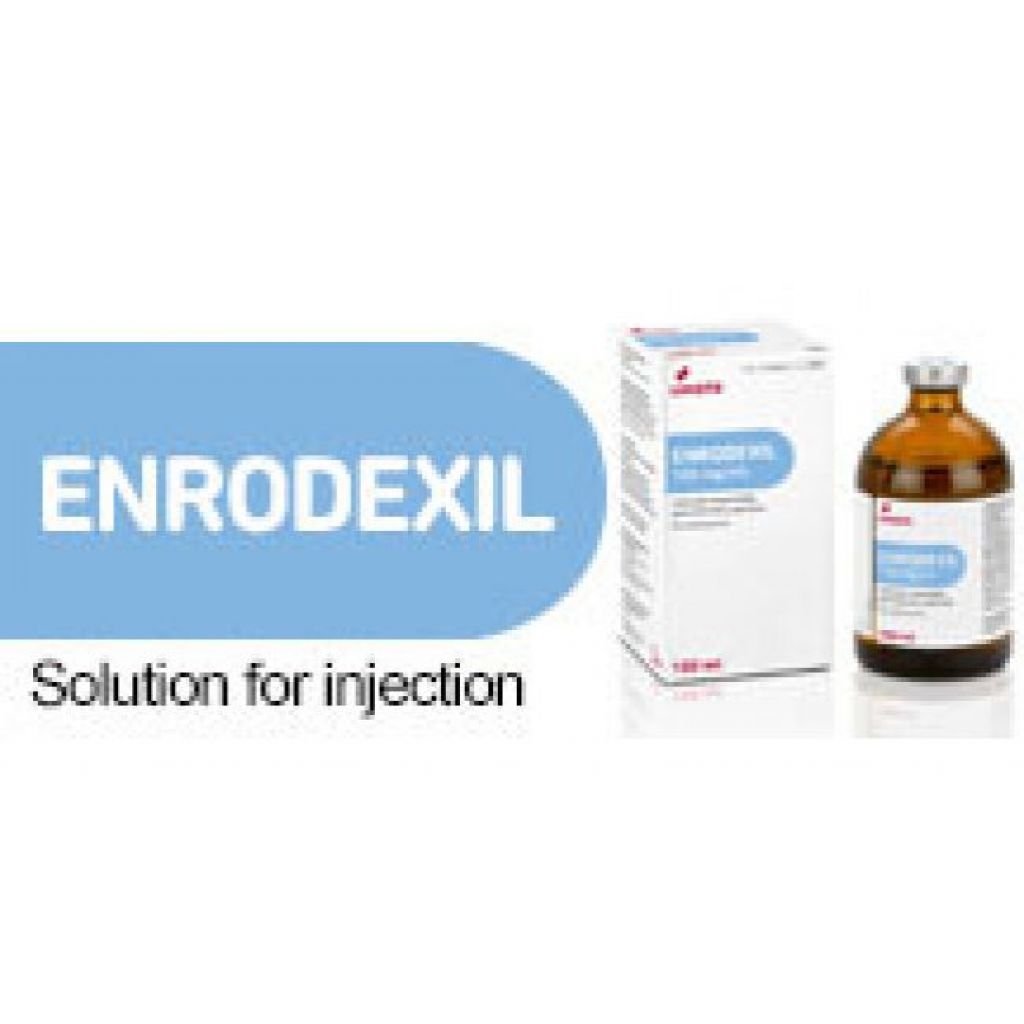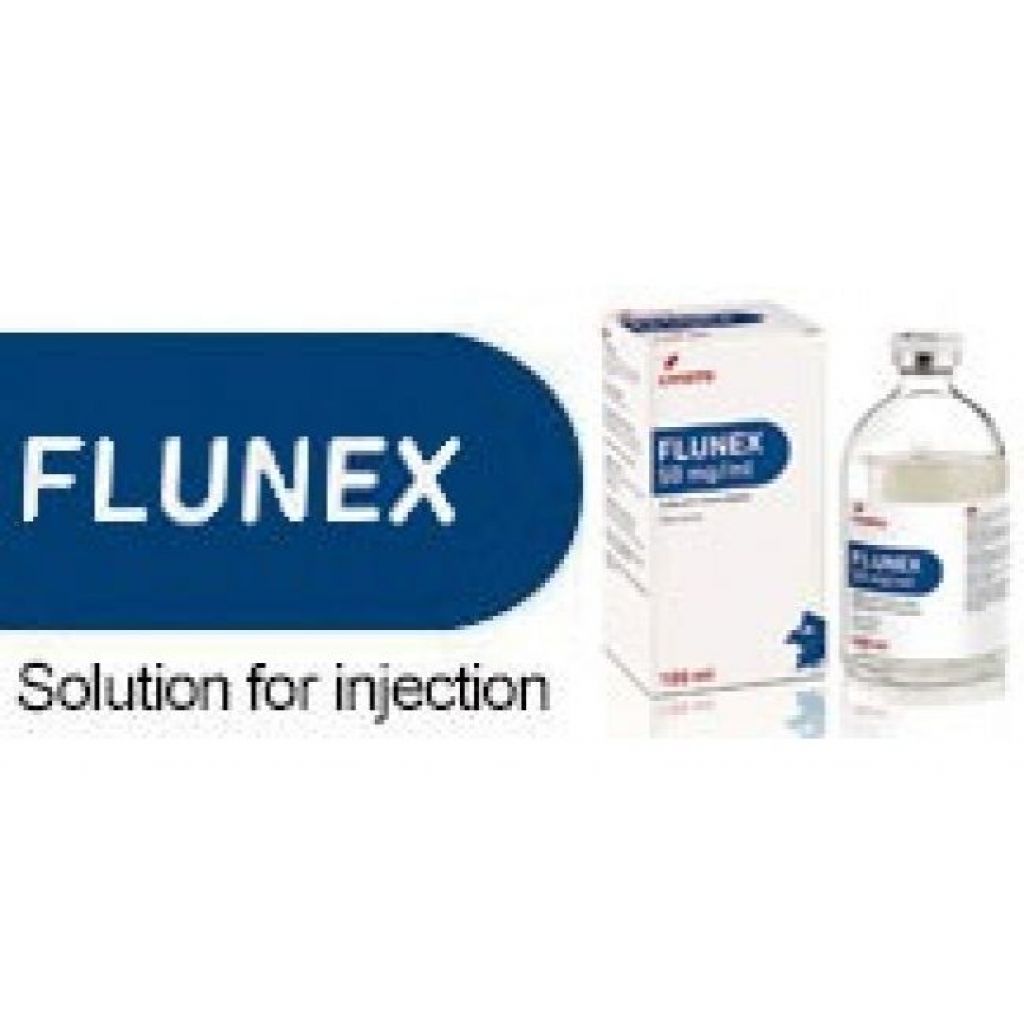Control measures for piglet coccidiosis
Neonatal coccidiosis caused by Cystoisospora suis is the most important protozoal disease of swine. It has a cosmopolitan distribution and is found anywhere pigs are raised in farms (1). Subclinical cystoisosporosis is now also recognized as an economically important issue (2).
Neonatal coccidiosis: why, when and how
Colostral antibodies against C. suis do not protect piglets from developing clinical coccidiosis (1).
The main clinical signs for neonatal coccidiosis (1; 3) are:
- Yellowish to grayish diarrhea. The feces are initially loose or pasty and become more fluid as the infection progresses.
- Piglets become covered with the liquid feces and they usually develop a rough hair coat, become dehydrated, and have depressed weight gains.
Diarrhea caused by C. suis (1; 3):
- Occur in formerly healthy nursing pigs between 7 and 11 days of age.
- Begins 4–7 days after the piglets are weaned and exposed to environmental oocysts.
- Has high morbidity, but mortalities are rare. Concurrent bacterial, viral, or other parasitic infections may lead to extreme mortalities and complicate diagnosis.
The degree of disease is dependent on the number of sporulated C. suis oocysts that a piglet ingests (1):
- Necropsy examination may demonstrate gross lesions of neonatal coccidiosis characterized by a fibrinonecrotic membrane in the jejunum and ileum, but this is seen only in severely infected piglets.
- Microscopic lesions consist of villous atrophy, villous fusion, crypt hyperplasia, and necrotic enteritis. The functional ability for absorption is diminished in this altered epithelium, resulting in fluid loss and diarrhea.
Diagnosing C. suis
Diarrhea in nursing pigs 7–14 days of age that does not respond to antibiotic treatment is suggestive of neonatal C. suis infection. Other agents such as enteropathogenic Escherichia coli, transmissible gastroenteritis (TGE) virus, porcine epidemic diarrhea (PED) virus, rotavirus, and Clostridium perfringens type C should be considered in the differential diagnosis (1).
Diagnosis of C. suis can be achieved by finding its oocysts in the feces of clinically affected piglets. This is the quickest method available for diagnosis. Fecal smears or fecal flotations should be made from several litters within the farrowing house that have been showing clinical signs for 2–3 days, because diarrhea starts about a day before oocysts are released, and peak oocyst production occurs about 2–3 days after clinical signs develop. Pasty fecal samples are likely to contain more oocysts than are liquid samples (1).
Joachim et al. (2021) compared the different methods available for the detection and quantification of C. suis in piglet feces and proposed a methodology for reliable detection of the parasite in a herd. They concluded that:
- Fecal samples should be taken repeatedly to improve sensitivity.
- Autofluorescence microscopy of fecal smears provides the highest sensitivity for oocyst detection.
How to treat and control neonatal coccidiosis?
Toltrazuril is an effective means of treating and preventing coccidiosis in nursing piglets. Products such as ESPACOX could be used for prevention of clinical signs of coccidiosis in neonatal piglets (3 to 5 days old) on farms with a confirmed history of coccidiosis caused by C. suis.
Each piglet should be treated on day 3-5 of life with a single oral dose of 20 mg toltrazuril/kg body weight, corresponding to 0.4 ml of oral suspension per kg body weight. Due to the small volumes required to treat individual piglets, the use of a dosing set with an accuracy of 0.1 ml per dose is recommended.
For animal welfare reasons, it is better not to hold piglets several times during the first days of life and, therefore, we recommend administering this single oral dose at the same time that ear-tagging and iron injection (approximately day 3 of life).
Toltrazuril’s excellent activity is probably based on its ability to kill asexual and sexual stages of coccidia and because it is slowly released from tissues of treated animals. Controlled studies conducted to date in nursing pigs have not identified other effective coccidiostats. There are little data to support the use of other common coccidiostats (e.g., decoquinate, amprolium, sulfonamides, ionophores) for the treatment of C. suis (1).
In a study published by Karembe et al. (2021) they compared the absorption and distribution of toltrazuril after single oral or single intramuscular application. The conclusions of this article showed:
- In both cases the absorption was quick with significant plasma concentrations at day 1 post-treatment, but the highest concentration in intestinal contents was observed 24 h (day 1) post-treatment for the oral route and on day 5 for the intramuscular route.
- Fast absorption and extensive metabolization of TZ to toltrazuril sulfoxide and TZ-SO2 were reported following single oral application to piglets.
- Toltrazuril is quickly metabolized into its metabolite, with maximal plasma concentrations measured at 13 days post-treatment. Metabolization took place earlier with the oral dosing than with the parenteral treatment, with first measurable plasma concentrations at 24 h (day 1) post-treatment after oral and at 5 days after intramuscular application.
- In the jejunal tissue, the concentrations were generally higher than those in the ileum. Drug concentrations at the predilection site of the parasite are important for its pharmacological effects and C. suis is an intracellular parasite that infects enterocytes of the small intestine, mostly of the jejunum and, as infection proceeds, also the ileum.
Moreover, in case of diarrhea due to coccidia, it is recommended to:
- Remove creep feeding plates, if you have introduced it, in the event that the diarrhea is widespread and the piglets are already losing weight. The goal is to put the animals on a diet to try to minimize deposition.
- Put plates with water plus rehydrating substance, as an alternative to feed and in order to prevent dehydration.
- Spread drying agents both in the facilities of the farrowing pen where there are piglets with diarrhea and on the piglets themselves to dry them.
But prevention is the key. Improved attention to sanitation has been the most successful method for reducing losses due to neonatal coccidiosis in pigs. Facilities need to be sanitized after every farrowing.
Producers should be made aware that even though clinical disease is under control, the potential for future outbreaks is still present (1; 3). A good sanitation program entails:
- Thorough cleaning off the crates to remove organic debris.
- Disinfection.
- Steam cleaning.
- In extreme cases, sealing or painting solid surfaces within farrowing crates can help break the cycle of reinfection by the hardy oocysts.
- Producers should limit access to farrowing crates by workers to avoid crate-to-crate contamination with oocysts carried on boots or clothing.
- Pets should be prevented from entering the farrowing house and spreading oocysts from crate to crate on their paws.
- Rodent populations should be controlled to prevent these animals from mechanically transmitting oocysts.
Hinney et al. (2021) conducted a study on 23 farms (11 from Belgium and 12 from the Netherlands) to observe the effect of treatment and disinfection on the control of piglet coccidiosis.
For each farm, a questionnaire was filled by the attending veterinarian on the management in general and on measures against coccidia specifically. The latter included anticoccidial treatment (product, dose, age at treatment) and cleaning and disinfection protocols. Most farms (except for four) regularly applied cleaning and disinfection between farrowings; and thirteen farms used toltrazuril for coccidiosis metaphylaxis.
They concluded that:
- In litters that were treated within the first 3 days of life, oocyst excretion was significantly less often observed than in litters with later treatment.
- Most farms applied disinfectants that have no proven effect against coccidia (oxygen-releasing agents or glutaraldehyde + ammonia) while the only farm that used chlorocresols (which are effective against coccidia) did not show oocyst shedding.
Conclusions
C. suis is one of the frequent causes of diarrhea in suckling piglets and is prevalent on piglet producing farms worldwide. Effective control relies on the combination of the reduction of infectious oocysts in the environment by cleaning and effective disinfection between farrowings in combination with anticoccidial treatment of exposed piglets.
References
- Zimmerman JJ, Karriker, LA, Ramirez A, et al. (2012). Disease of Swine, 10th edition. ISBN 978-0-8138-2267-9.
- Karembe H, Sperling D, Varinot N, et al. Absorption and Distribution of Toltrazuril and Toltrazuril Sulfone in Plasma, Intestinal Tissues and Content of Piglets after Oral or Intramuscular Administration. Molecules (2021), 26, 5633. doi: 10.3390/molecules26185633.
- Hinney B, Sperling D, Kars-Hendriksen S, et al. Piglet coccidiosis in Belgium and the Netherlands: Prevalence, management and potential risk factors. Veterinary Parasitology: Regional Studies and Reports, vol. 24, 2021, 100581. doi: 10.1016/j.vprsr.2021.100581.
- Joachim A, Ruttkowski B and Sperling D. Detection of Cystoisospora suis in faeces of suckling piglets – when and how? A comparison of methods. Porc Health Manag 4, 20 (2018). Doi: 10.1186/s40813-018-0097-2.

